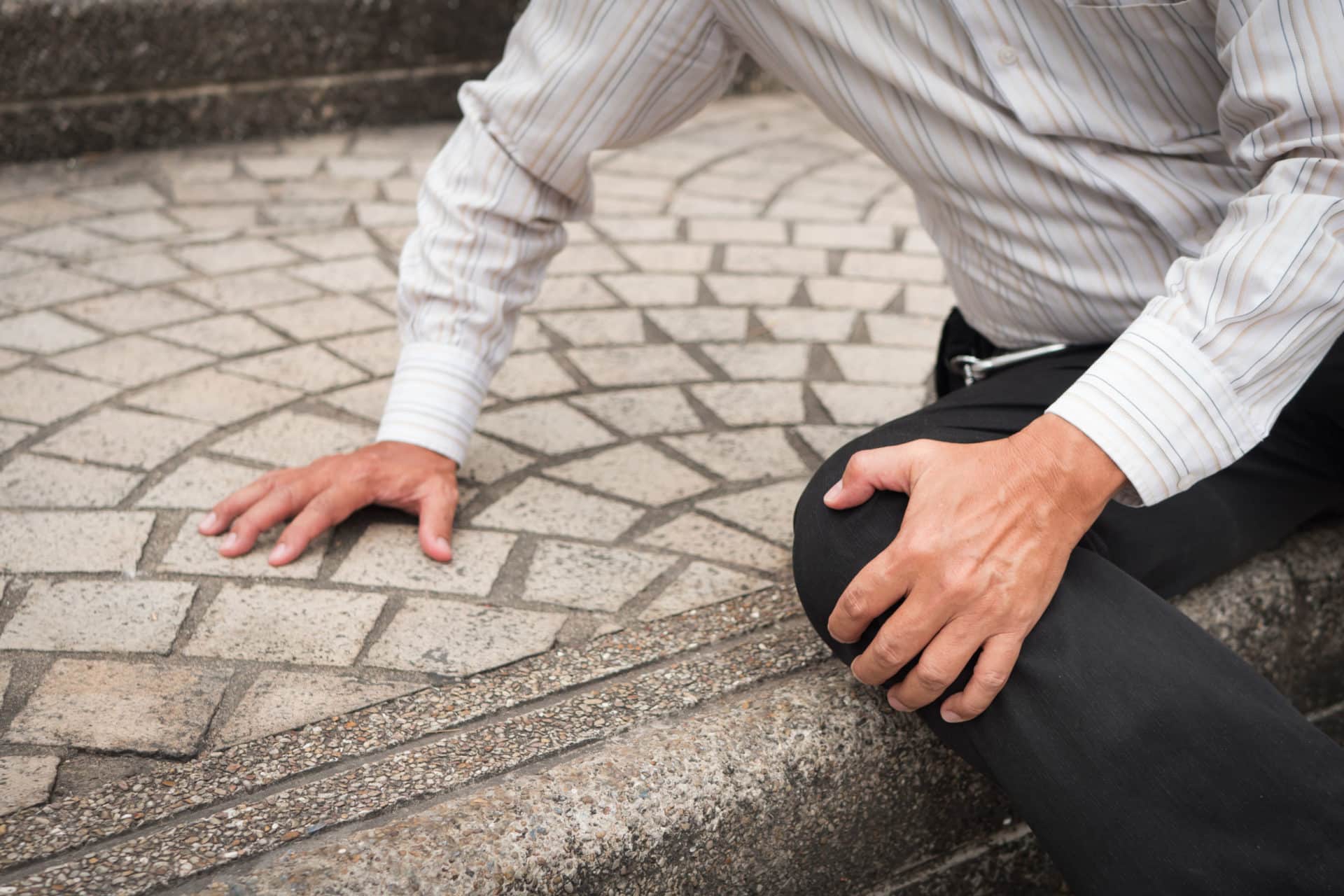Free Consultation
Free Consultation

Slip and fall injuries happen, especially in places like New York. Unfortunately, there are some who try to take advantage of the system.
Like the recent trio found guilty for attempting to defraud New York City in a trip and fall scheme. Bad actors like this are particularly harmful to those who really do get seriously hurt in these types of accidents because they can lead to bias against slip and fall victims.
What can you do if you are a legitimate slip and fall victim and want to receive fair and just compensation? Get educated.
Here’s what you need to know about slip and fall claims in New York and how the process works. That way, if it should happen to you, you’ll be prepared.
Accidents and injuries on someone else’s property happen, and if they’re due to the negligence of the party who owns or operates that property, then you may have legal grounds to bring a slip and fall claim in New York. In order to win a slip and fall case, you must prove that the person or entity that owns the property was liable – meaning they are legally responsible for your injuries.
The key questions in a liability case are generally:
In a slip and all case, in order for a party to be held negligent, it must first be established that they failed to act in a reasonably responsible manner. To assess whether or not reasonable actions were taken, these things are considered:
It’s also important in a slip and fall case to prove that you didn’t cause the accident yourself. It’s not unusual for the property owner or business (or their insurance if they have slip and fall coverage) to argue that you are partially or totally responsible for the incident that led to your injuries. This is known as comparative negligence.
You can estimate how likely is it that you’ll be found comparatively negligent in your slip and fall case by asking yourself these questions:
A slip and fall liability claim is filed in order to help you cover the costs you’re facing due to the accident. While many of these costs are financial, some cover the non-financial aspects of an injury.
The damages you can demand from an injury claim include:
Any medical expenses related to the slip and fall injury can be a part of your claim. This can cover current as well as future costs for things such as doctor visits, hospitalizations, treatments, tests, physical therapy, medications, and medical equipment.
If you have missed work due to your injuries, or your injury prevents you from working, then you can have that lost income added to potential damages. Both past and future income can be considered in a slip and fall injury claim.
These damages are thought of as “non-economic.” They include things such as loss of enjoyment in your life due to emotional anxiety, shock, and chronic pain.
Always tend to your injuries first following an accident. After you seek medical attention, you can then work to document what happened. Gather names of any witnesses you can, fill out an incident report if your accident took place on private property open to the public, and write down all you remember.
In New York, you can have anywhere from 90 days to three years to file the claim depending on where it occurred and who you claim is responsible. To give yourself the best chance at winning your claim, do not delay.